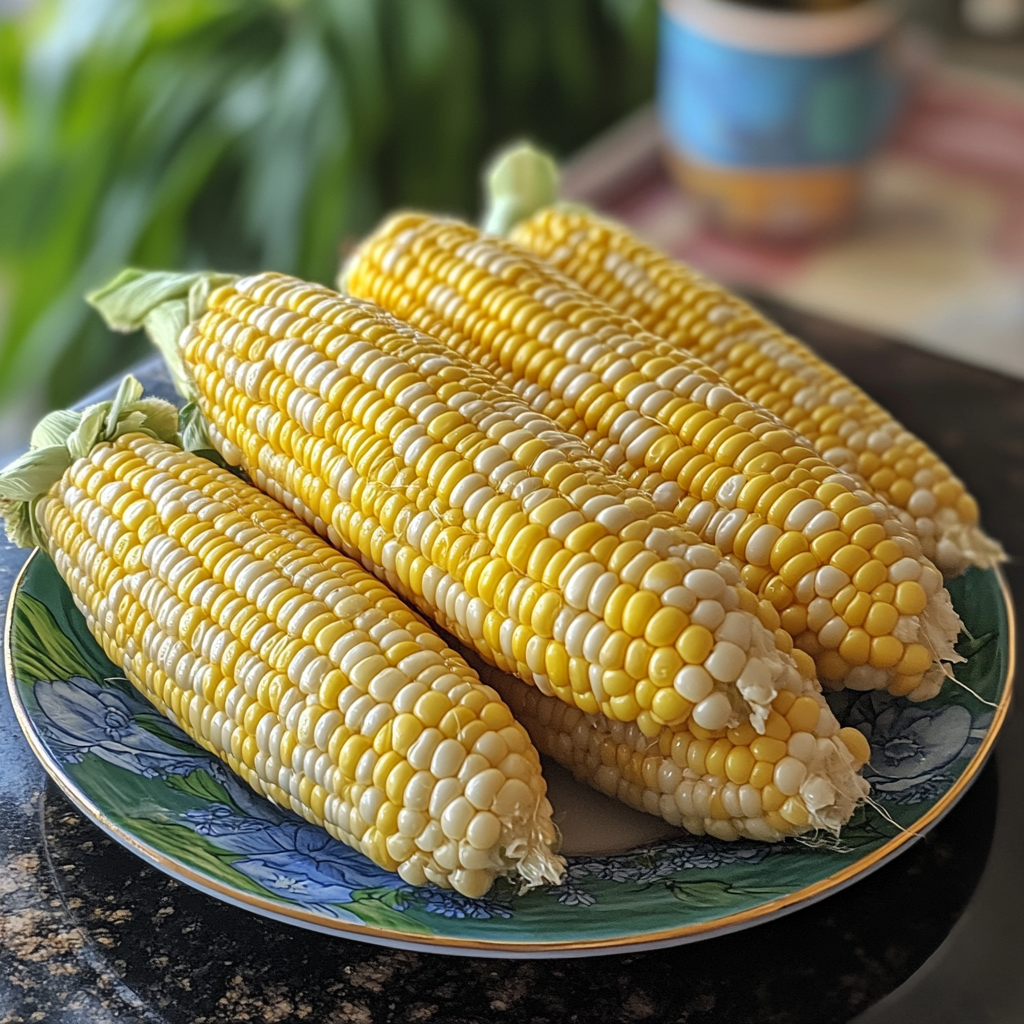In our modern world of quilted softness and endless rolls, it’s hard to imagine a time without toilet paper. But for most of human history, people had to get creative when it came to personal hygiene. From ancient civilizations to the not-so-distant past, our ancestors used a variety of surprising – and sometimes shocking – alternatives. Let’s take a journey through time and explore ten strange things people used before toilet paper became the norm. Warning: some of these might make you squirm!
1. The Roman Tersorium: A Sponge on a Stick
Ancient Romans had a unique approach to bathroom hygiene that might make you grateful for modern conveniences. They used a device called a tersorium, which was essentially a sponge attached to a stick. But here’s the kicker – this wasn’t a personal item. The tersorium was shared among users in public latrines!
After use, the sponge was cleaned by dunking it in a bucket of vinegar and salt water. While this method might seem horrifying by today’s standards, it was considered perfectly normal in Roman times. The use of the tersorium highlights not only the ingenuity of ancient civilizations but also how drastically our hygiene practices and expectations have changed over time.
2. Corn Cobs: An American Classic
As American as apple pie, corn has been a staple of the New World for centuries. But did you know that corn played a role in bathroom hygiene too? In early America, particularly throughout the 1700s, corn cobs were a popular choice for cleaning up after using the outhouse.
Once the corn kernels were removed, the leftover cob provided a surprisingly effective wiping material. Its slightly abrasive texture and biodegradable nature made it a practical choice for rural Americans. While it might sound uncomfortable to modern sensibilities, corn cobs were readily available and cost-effective in a time when paper products were a luxury.
3. Leaves, Grass, and Moss: Nature’s Toilet Paper
Long before manufactured alternatives, people turned to nature for their hygiene needs. Leaves, grass, and moss were common choices for wiping, depending on what was available locally. These natural options had the advantage of being plentiful and biodegradable, making them an eco-friendly choice before that was even a concern.
However, using plants came with its own set of challenges. Users had to be careful to avoid poisonous varieties like poison ivy or stinging nettle. Imagine the discomfort of using the wrong leaf! This practice required a good knowledge of local flora, adding an element of botanical expertise to the simple act of using the bathroom.
4. Broken Pottery: A Vindictive Clean
In ancient times, some cultures took bathroom hygiene to a whole new level of personal. Believe it or not, broken pieces of pottery were sometimes used as a wiping material. But here’s where it gets interesting – these weren’t just any random shards.
Some people would inscribe the names of their enemies on these pottery pieces before using them in the bathroom. It was a rather literal way of expressing what they thought of their adversaries! This practice combines hygiene with a touch of symbolic revenge, showcasing the creative (and slightly vindictive) nature of our ancestors.
5. The Farmer’s Almanac: Reading Material and More
In the 1800s, as printed materials became more common, they found a dual purpose in outhouses across America. The Farmer’s Almanac, a popular publication of the time, took this dual-use to heart. They even went so far as to pre-drill holes in the corners of their pages, making it easy to hang in outhouses.
This clever design allowed readers to enjoy the almanac’s content while visiting the outhouse, and then repurpose the pages for cleaning. It’s a prime example of the waste-not-want-not mentality of the era, combining practicality with a touch of entertainment. The Farmer’s Almanac truly gave new meaning to the phrase “bathroom reading”!
6. Hygiene Sticks: Ancient Chinese Innovation
Long before the rest of the world caught up, ancient China was pioneering more sophisticated hygiene tools. During the Han Dynasty, people along the Silk Road used hygiene sticks, which resembled small spatulas. These tools were typically made of bamboo or wood and were used to clean oneself after using the bathroom.
Archaeologists have discovered these personal hygiene sticks at various sites, providing insight into the daily lives of ancient Chinese people. The use of these tools shows a level of hygiene awareness that was quite advanced for its time. It’s fascinating to think that while other parts of the world were still using leaves or shared sponges, China was developing more refined personal hygiene implements.
7. Seashells: Coastal Cleanup
For coastal dwellers throughout history, the beach provided more than just scenic views and relaxation. Seashells, readily available along shorelines, were sometimes employed as a bathroom hygiene tool. While it might sound abrasive, certain smooth shells could serve as effective scrapers.
This practice showcases how different cultures adapted to their environments, using locally available resources for everyday needs. The use of seashells also highlights the ingenuity of our ancestors in finding practical solutions for personal hygiene. Next time you’re collecting seashells at the beach, you might want to consider their historical multipurpose nature!
8. Animal Furs: A Softer Touch
In colder climates where leaves and vegetation were scarce, people had to get creative with their hygiene practices. Animal furs were sometimes used as a wiping material, offering a softer alternative to many other options of the time. This practice was particularly common among nomadic and hunting cultures where animal pelts were readily available.
While using fur might seem luxurious compared to some other historical alternatives, it came with its own set of challenges. Cleaning and maintaining these fur “wipes” would have been a less-than-pleasant task. This use of animal products for hygiene also demonstrates how waste-not-want-not mentalities of the past led to every part of an animal being utilized.
9. The Sears Catalog: Mail-Order Multipurpose
In the late 19th and early 20th centuries, the Sears Catalog became an unexpected bathroom essential in many American households. This thick catalog, filled with pages of products available for mail order, found a second life in outhouses across the country. The Sears Catalog’s pages were commonly used as an alternative to toilet paper, which was still a luxury item for many.
The catalog’s popularity as a hygiene product was so widespread that Sears eventually began printing it on thinner, softer paper to make it more suitable for this unintended use. This adaptation shows how companies sometimes need to adjust their products based on unexpected consumer behavior. The dual-use of the Sears Catalog as both a shopping guide and bathroom necessity is a unique snapshot of American rural life in that era.
10. Perfumed Paper for Royalty
While most of the world was still using various makeshift materials, China was manufacturing perfumed toilet paper for its imperial family as early as the 14th century. This luxurious approach to bathroom hygiene was unheard of in most parts of the world at the time, putting Chinese royalty about 400 years ahead of the Western world in terms of comfort and cleanliness.
The use of perfumed paper for this purpose showcases not only the advanced manufacturing capabilities of ancient China but also the level of luxury afforded to the imperial family. It’s a stark contrast to the communal sponges and corn cobs used elsewhere, highlighting the vast disparities in hygiene practices between different cultures and social classes throughout history.
From communal sponges to corncobs, and from almanacs to animal furs, our ancestors certainly got creative when it came to personal hygiene. These strange alternatives to toilet paper remind us of how far we’ve come in terms of comfort and sanitation. They also highlight the ingenuity of people throughout history, adapting to their environments and making use of whatever materials were available. Next time you reach for that roll of soft, quilted paper, you might just find yourself feeling a bit more grateful for this modern convenience!

